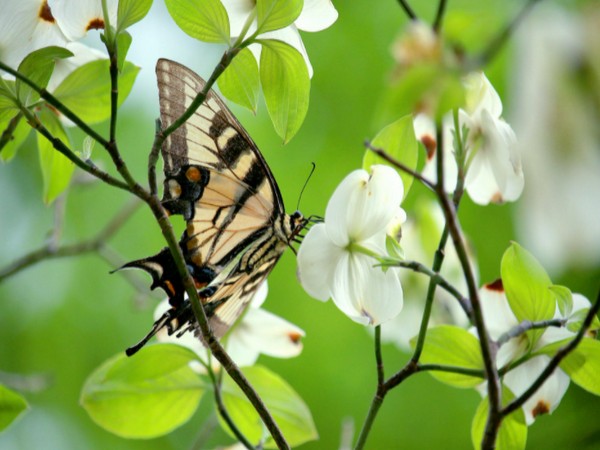Disappearing habitats and use of pesticides are driving the loss of pollinator species around the world, posing a threat to “ecosystem services” that provide food and wellbeing to many millions – particularly in the Global South – as well as billions of dollars in crop productivity.
This is according to an international panel of experts, led by the University of Cambridge, who used available evidence to create the first planetary risk index of the causes and effects of dramatic pollinator declines in six global regions.
The bees, butterflies, wasps, beetles, bats, flies and hummingbirds that distribute pollen, vital for the reproduction of over 75% of food crops and flowering plants – including coffee, rapeseed and most fruits – are visibly diminishing the world over, yet little is known of the consequences for human populations.
“What happens to pollinators could have huge knock-on effects for humanity,” said Dr Lynn Dicks from Cambridge’s Department of Zoology. “These small creatures play central roles in the world’s ecosystems, including many that humans and other animals rely on for nutrition. If they go, we may be in serious trouble.”
Dicks assembled a 20-strong team of scientists and indigenous representatives to attempt an initial evaluation of the drivers and risks for pollinator declines worldwide. The research is published today in Nature Ecology & Evolution.
The top three global causes of pollinator loss are habitat destruction, followed by land management – primarily the grazing, fertilizers and crop monoculture of farming – and then widespread pesticide use, according to the study. The effect of climate change comes in at number four, although data are limited.
The biggest direct risk to humans across all regions is “crop pollination deficit”: falls in quantity and quality of food and biofuel crops. Experts ranked the risk of crop yield “instability” as serious or high across two-thirds of the planet – from Africa to Latin America – where many rely directly on pollinated crops through small-holder farming.
“Crops dependent on pollinators fluctuate more in yield than, for example, cereals,” said Dicks. “Increasingly unusual climatic phenomena, such as extreme rainfall and temperature, are already affecting crops. Pollinator loss adds further instability – it’s the last thing people need.”
A major 2016 report to which Lynn Dicks contributed suggested there has been up to a 300% increase in pollinator-dependent food production over the past half century, with an annual market value that may be as much as US$577 billion.
Reduced species diversity was seen as a high-ranking global risk to humans, which not only risks food security but a loss of “aesthetic and cultural value”. These species have been emblems of nature for millennia, argue the experts, and too little consideration is given to how their declines affect human wellbeing.
“Pollinators have been sources of inspiration for art, music, literature and technology since the dawn of human history,” said Dicks. “All the major world religions have sacred passages about bees. When tragedy struck Manchester in 2017, people reached for bees as a symbol of community strength.”
“Pollinators are often the most immediate representatives of the natural world in our daily lives. These are the creatures that captivate us early in life. We notice and feel their loss. Where are the clouds of butterflies in the late summer garden, or the myriad moths fluttering in through open windows at night?”
“We are in the midst of a species extinction crisis, but for many people that is intangible. Perhaps pollinators are the bellwether of mass extinction,” said Dicks.
Loss of access to “managed pollinators” such as industrial beehives was ranked as a high risk to North American society, where they boost crops including apples and almonds, and have suffered serious declines from disease and ‘colony collapse disorder’.
The impact of pollinator decline on wild plants and fruits was viewed a serious risk in Africa, Asia-Pacific and Latin America – regions with many low-income countries where rural populations rely on wild-growing foods.
In fact, Latin America was viewed as the region with most to lose. Insect-pollinated crops such as cashew, soybean, coffee and cocoa are essential to regional food supply and international trade right across the continent. It is also home to large indigenous populations reliant on pollinated plants, with pollinator species such as hummingbirds embedded in oral culture and history.















